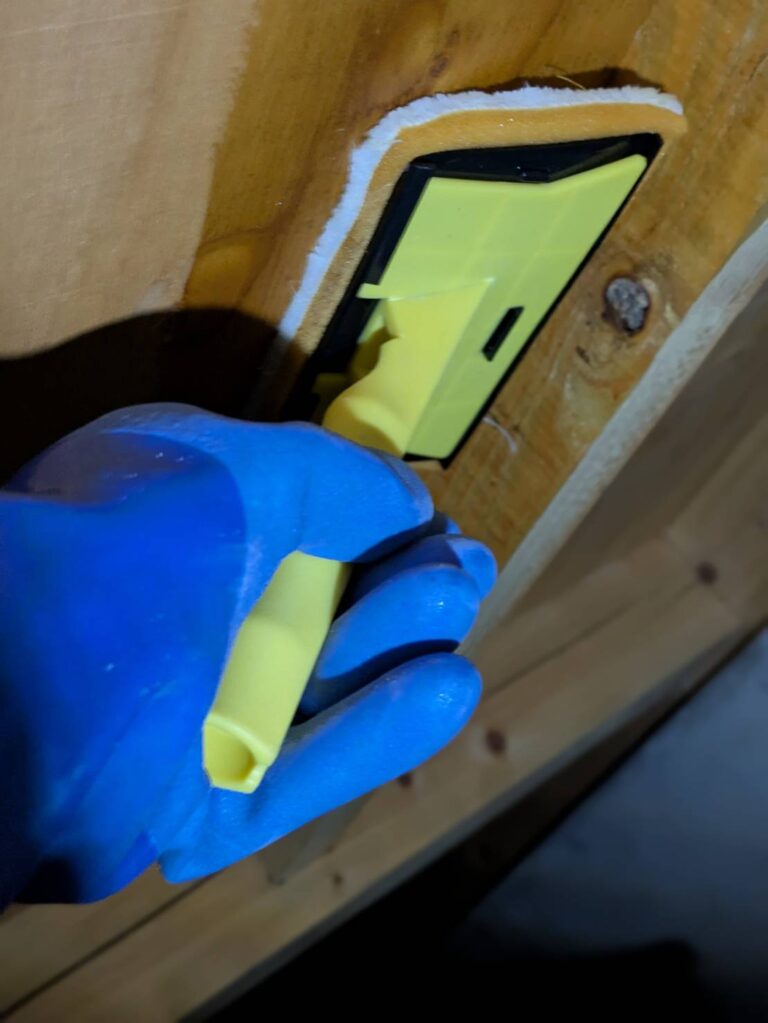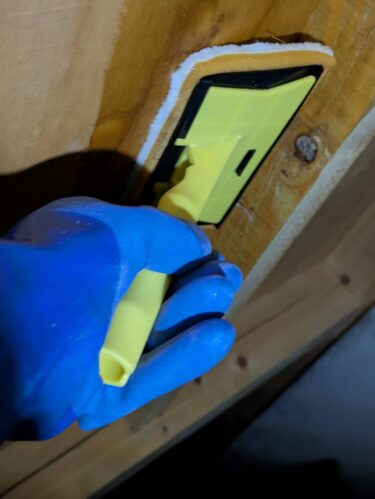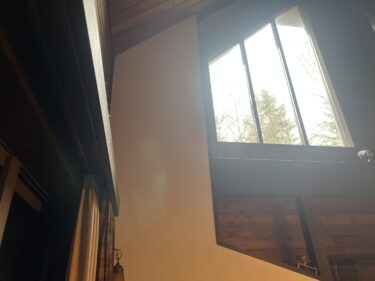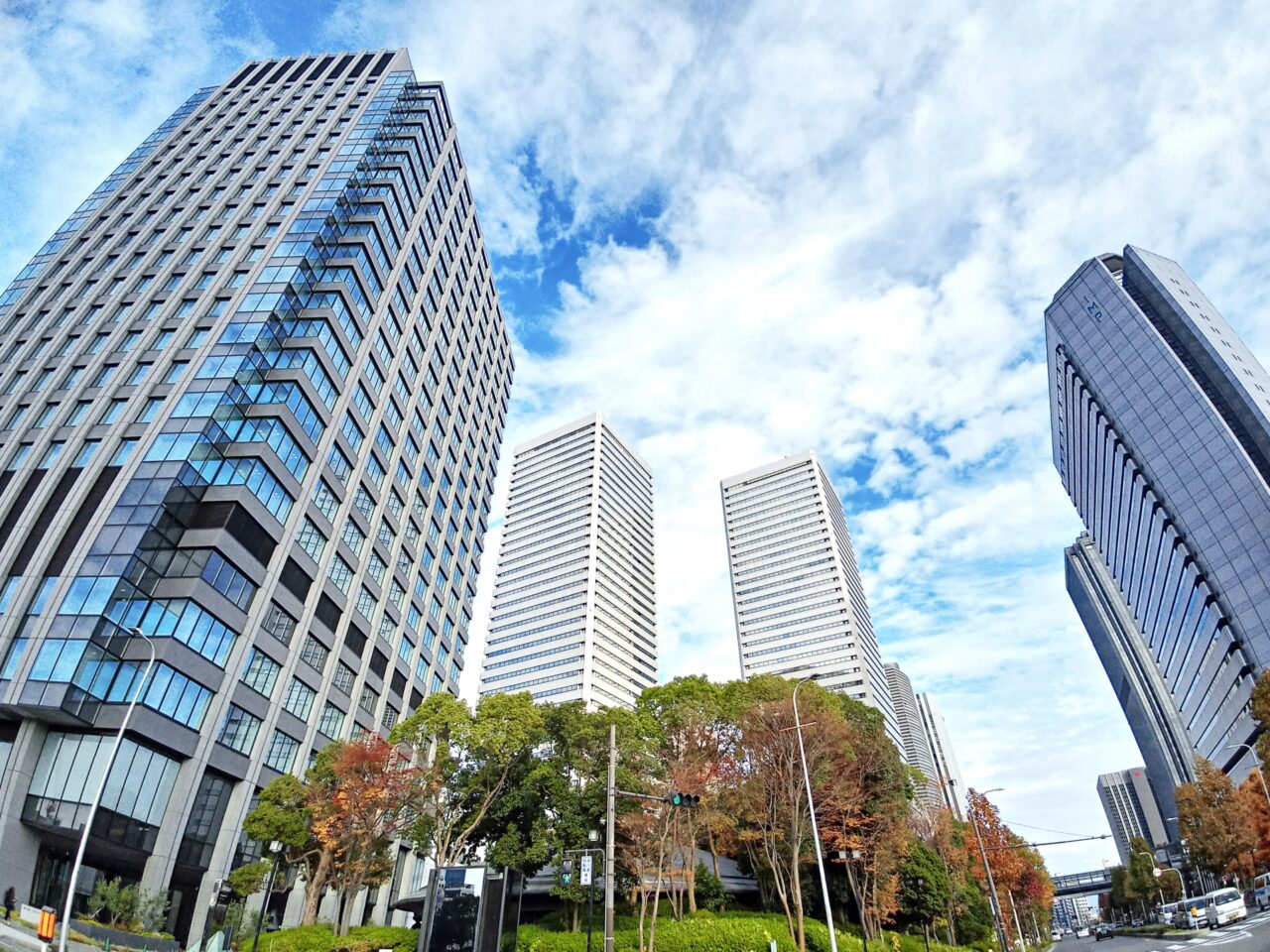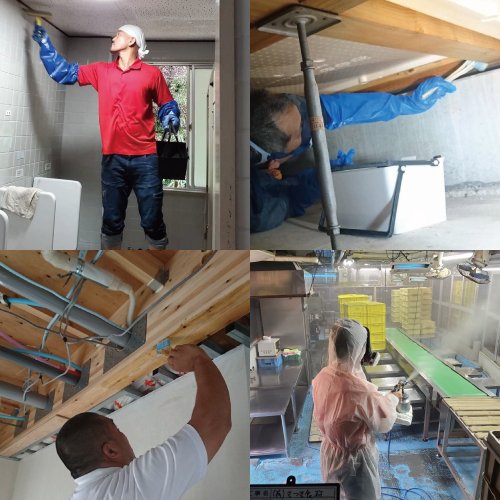Problem Statement:
In the Kansai region’s upscale residential areas, there is a growing concern over the increasing damage caused by invisible mold. Reports of health issues due to mold have surfaced even in the homes of diplomats and foreign expatriates, highlighting the urgent need for effective countermeasures.
Insights from the Article:
This article provides a detailed analysis of the mold problems in luxury homes in the Kansai region, their impact on health, and effective strategies for mold prevention and remediation.
Benefits of Reading the Article:
By understanding the unique mold risks associated with luxury residences and implementing appropriate measures, readers can prevent health hazards and maintain a comfortable living environment.
1. The Hidden Mold Problem in Kansai’s Luxury Homes
In prestigious residential areas of the Kansai region, such as Ashiya, Tezukayama, Kitashirakawa, Kurakuen, and Minoh, the deterioration of homes and health issues caused by invisible mold have become serious concerns. While high airtightness and insulation in these buildings offer comfort, they also trap moisture, creating ideal conditions for mold growth.
1-1. Unique Mold Risks in Luxury Residences
Luxury homes often feature specialized materials and structures, making moisture management challenging. Basements, spacious storage areas, and walls made of natural materials are particularly sensitive to humidity changes, fostering environments conducive to mold proliferation. Additionally, aesthetic considerations may lead to fewer ventilation outlets and neglected maintenance areas, further increasing mold risks.treg.com
1-2. Case Studies from Ashiya, Tezukayama, Kitashirakawa, Kurakuen, and Minoh
-
In Ashiya, mold was found extensively behind insulation materials commonly used in imported homes.
-
Tezukayama reported mold spreading in basement wine cellars, damaging expensive wine collections.
-
In Kitashirakawa, traditional wooden homes experienced deep mold infiltration into building materials, necessitating complete reconstruction.
-
Even relatively new homes in Kurakuen and Minoh faced mold issues due to condensation from inadequate air conditioning systems.
2. Mold Damage in Homes of Diplomats and Foreign Expatriates
Foreign diplomats and expatriates, unfamiliar with Japan’s humid climate, often face severe mold problems in their residences. High-end rentals and official residences frequently suffer from inadequate ventilation and poor humidity control, leading to mold growth and associated health concerns.
2-1. Mold Incidents in Embassy Staff Residences
A family of an embassy staff member began experiencing allergy symptoms shortly after moving into their new home. Investigations revealed mold thriving behind furniture and deep within closets. Wooden furniture and fabric sofas, in particular, trapped moisture, allowing hidden mold to flourish. Consequently, some furniture had to be discarded, increasing relocation expenses.
2-2. Mold Challenges and Solutions for Foreign Expatriates
For foreign expatriates living in Japan for the first time, mold issues can be unexpected challenges. Coming from drier climates, they may be unprepared for mold prevention, leading to delayed responses. In some cases, health deteriorated due to mold exposure, forcing individuals to return to their home countries. To prevent such outcomes, thorough home inspections before moving in, diligent humidity control, regular mold checks, and professional mold prevention services are essential.
3. Health Risks Posed by Mold in Luxury Homes
Residing in luxury homes does not eliminate health risks. Mold-related health issues are often overlooked, even among affluent individuals and those with medical knowledge, potentially causing unnoticed health deterioration.
3-1. Allergies and Respiratory Diseases Caused by Mold
Mold releases spores and metabolic byproducts into the air, which, when inhaled, can lead to symptoms such as allergic rhinitis, asthma, chronic coughing, and sneezing. Children, the elderly, and individuals with weakened immune systems are particularly vulnerable. If left unaddressed, these conditions can progress to chronic illnesses.
3-2. The Threat of Invisible Mold in Airtight Homes
Highly airtight and insulated homes, while energy-efficient, often trap internal moisture. This environment allows mold to grow unnoticed behind walls, under floors, and above ceilings. Poor air circulation prolongs the presence of mold spores indoors, degrading overall air quality. Managing airborne spores becomes more critical than addressing visible mold.
4. Importance of Indoor Air Quality and Mold Countermeasures
Indoor air, though invisible, requires careful attention. Luxury homes, with their high airtightness, may struggle with air exchange, leading to deteriorated air quality and increased mold risks.
4-1. Relationship Between Indoor Air Quality and Health
Poor indoor air quality can adversely affect health. Prolonged exposure to air containing mold and dust mite spores can trigger allergic reactions, asthma, headaches, and fatigue. The World Health Organization (WHO) emphasizes indoor air quality as a crucial health factor. In households with young children, mold exposure can impact developing respiratory systems, leading to long-term health issues.
4-2. Strategies for Improving Air Quality in Luxury Homes
Maintaining good air quality in luxury homes involves proper ventilation, dehumidification, and the use of air purifiers. When opening windows is challenging, consider using 24-hour ventilation systems. Avoid overusing humidifiers and be cautious when drying laundry indoors. Install hygrometers to monitor and maintain indoor humidity around 50%, preventing mold growth. Pay special attention to areas prone to stagnant air, such as basements and closets.
5. Effective Mold Countermeasures in Luxury Homes
Protecting homes from the threat of invisible mold requires more than surface cleaning; it demands specialized prevention and remediation approaches. In luxury residences, preserving aesthetics and structural integrity necessitates professional expertise.
5-1. Importance of Regular Inspections and Early Detection
Mold spores can begin affecting a home’s structure before becoming visible. Conducting professional inspections at least twice a year enables early detection and intervention. Areas like wall interiors, under floors, and inside air conditioning units, often overlooked in daily checks, should be examined by experts.
5-2. Professional Mold Removal and Prevention Strategies
Specialists tailor mold remediation methods based on mold type, location, and building materials. For instance, they use penetrating agents for wood without causing damage and specialized solutions for stone or tile surfaces. Post-removal, applying anti-mold treatments significantly reduces the risk of recurrence.
6. Mold Risks in New Homes
Assuming that new homes are immune to mold is a misconception. If construction materials were exposed to rain or insufficiently dried during building, mold can develop shortly after completion.
6-1. Mold Issues Arising from Moisture During Construction
If wood or other materials used during construction weren’t adequately dried, residual moisture can become trapped once the building is sealed, creating a breeding ground for mold. Homes built during the rainy season are particularly susceptible. Emphasizing moisture control and drying processes during construction is vital for a comfortable post-construction living environment.ジャパンリビングガイド
6-2. Case Studies and Countermeasures for Mold in New Homes
In one newly built imported home, mold appeared under the floor within months, leading to termite infestations. The primary causes were poor underfloor ventilation and high humidity. Even in new homes, it’s crucial to manage humidity immediately after moving in and conduct regular underfloor inspections. Preemptive anti-mold treatments can also significantly mitigate risks.
7. The Threat of Mold in Basements and Underfloor Spaces
Basements and expansive underfloor areas, common in luxury homes, are structurally prone to moisture accumulation, making them ideal environments for mold growth. Since these areas are often out of sight, mold damage can escalate unnoticed.
7-1. Causes and Countermeasures for Mold in Underground Spaces
Basements lack sunlight and are challenging to ventilate, leading to moisture buildup. Factors like rising ground moisture, condensation from temperature differences, and hidden moisture behind insulation contribute to mold growth. Implementing thorough waterproofing and installing ventilation systems are essential. Regular inspections and using air purifiers can effectively manage mold in these areas.
7-2. Managing Underfloor Moisture and Preventing Mold
Underfloor spaces are directly affected by soil moisture, and without proper measures, humidity levels can rise rapidly. Effective strategies include covering the ground with sheets, appropriately placing ventilation openings, and applying moisture-resistant materials. Installing dehumidifiers or underfloor ventilation fans helps prevent moisture accumulation. Applying anti-mold coatings can further inhibit microbial growth and reduce mold risks.
8. Economic Damage from Mold
Mold damages not just health but the property itself—significantly lowering the value of luxury homes. Repairs can be very expensive, so early action is key.
8-1. Mold’s Impact on Property Value
Mold not only ruins the appearance of a home but can also deter potential buyers due to odor or visible damage. Discolored walls, warped floors, and hidden mold can all lead to negative assessments and sales difficulties.
8-2. Repair Costs and How to Avoid Them
Once mold penetrates structural materials, simple cleaning isn’t enough. For example, mold-damaged beams or subflooring may require full reconstruction, costing millions of yen. Consulting professionals early and performing both remediation and prevention is the most cost-effective solution.
9. Mold and Allergic Reactions
Mold exposure affects residents’ health and is especially dangerous for those with allergies, children, and the elderly.
9-1. Types of Symptoms Caused by Mold
Airborne mold spores can cause nasal discharge, sneezing, itchy eyes, eczema, and asthma attacks. Some molds release toxic substances linked to sick building syndrome. Children are especially susceptible due to weaker immune systems.
9-2. Mold Removal as Allergy Prevention
If allergy symptoms persist year-round, mold is often the culprit. Airborne mold measurements can help visualize the risk. Based on results, professional mold removal can dramatically improve symptoms.
10. New Technologies for Mold Prevention and Air Quality Control
Modern technology allows for precise mold prevention through scientific analysis of indoor air quality.
10-1. Air Quality Monitoring for Mold Risk
Devices now measure airborne bacteria, humidity, and temperature in real time. This data reveals mold-prone areas, helping specialists design targeted solutions. Recording this data regularly allows for quick response to environmental changes.
10-2. Advanced Mold Removal Techniques
Unlike traditional bleach or scrubbing, new methods use non-damaging agents to break down mold at its root. Mist-based treatments can cover entire rooms, penetrating ceilings and walls to prevent recurrence—maintaining comfort and aesthetics in luxury homes.
Mold Remediation and Renovation: Kabibusters Osaka / Kabitore Reform Tokyo & Nagoya
Even in complex homes like luxury properties and diplomatic residences, mold can pose serious problems. That’s where Taiko Kensou Co., Ltd. comes in—a company that handles both mold removal and remodeling.
We operate as Kabibusters Osaka in the Kansai region and Kabitore Reform Tokyo & Nagoya in the Kanto and Chubu regions, providing locally-focused services. Our proprietary MIST Method® completely eliminates mold without damaging surfaces and includes preventative treatment in one process.
The MIST Method adapts specialized agents for different materials—penetrating and killing mold without scrubbing or scraping. These safe, human-friendly solutions are ideal even for households with children or historical buildings. A final mist coating prevents mold from returning and maintains a healthy environment.
We also provide one-stop renovation services, repairing mold-damaged walls, floors, ceilings, and offering full redesign and upgrades. Our specialists propose renovations that enhance comfort and add property value.
Taiko Kensou has a proven track record in apartments, houses, shops, and offices. Our services combine quality construction, responsive service, and elegant design. Especially in kitchen, bathroom, storage, and flooring upgrades, we combine mold-resistant materials and structural improvement to completely renew your living space.
At Taiko Kensou, we believe mold remediation and renovation go hand-in-hand—enhancing both the beauty and health of your home.

